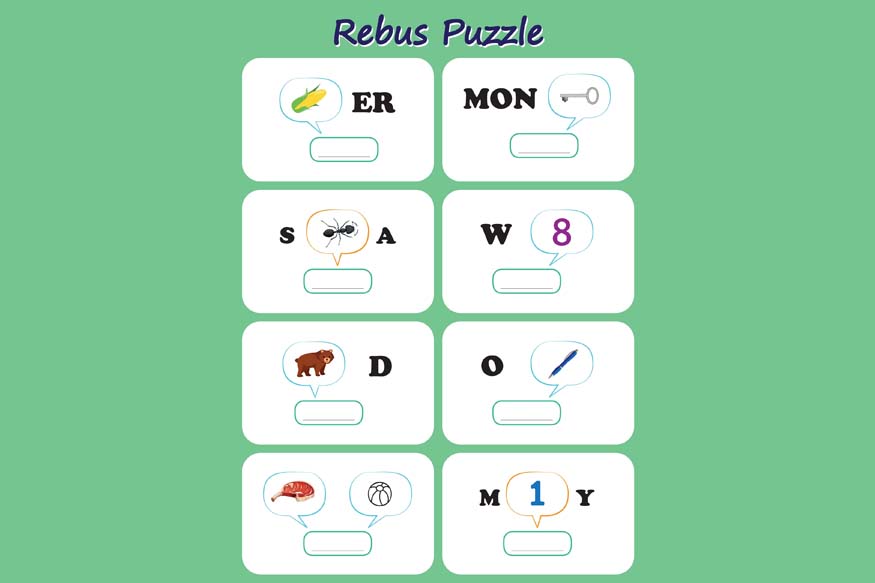Every parent desires to provide their children with best quality of life. And amongst various elements that are necessary for a quality life, good education stands at the top. With rising costs of higher education, it has become imperative for parents to plan wisely to fulfil their children’s wishes. Having a backup in the form of a children’s education fund is absolutely critical. These plans serve as a financial safety net, providing the necessary assurance to cover future educational costs.
Child Education Plans
Child Education Plans are financial products designed as your children’s education fund. These plans represent long-term investments that enable you to save for your children’s higher education costs throughout the duration of the policy.
You need to make regular premium payments in order to have a sufficient corpus for their future. These premiums can be structured on a monthly, quarterly, semi-annual, or annual basis during the policy term. In exchange, the insurance company provides a lump sum payment upon maturity. This maturity amount can either be received as a single payment when your child reaches a specified age or as periodic payments at various educational milestones or age intervals. This completely depends on the specific plan you choose to invest in.
These products of investment are categorised based on the type of their payout method.
Types of Child Education Plans
Insurance-based Child Education Plans
Insurance-linked child education plans not only assist in financing your child’s education but also provide insurance coverage. These plans ensure a considerable amount is set aside for your child upon the plan’s maturity. In the event of your untimely demise during the policy term, a lump sum amount is paid out, and the premium amount is waived.
Fund-based Child Education Plans
Several mutual fund companies provide specific schemes depending on your goals. As indicated by their name, these plans are designed to address the financial needs associated with children’s education. They primarily allocate investments in equity and debt instruments.
Here is the comparison table between the two types-
|
Criteria |
Insurance-based CEP |
Fund-based CEP |
|
Tenure |
Generally, 10 to 25 years or more. |
Lock-in period of five years or till the child attains the age of 18, whichever is earlier. |
|
Eligibility |
The minimum and maximum age of children varies with the plan. |
Anyone who satisfies the basic KYC requirements. |
|
Maturity |
As per the plan or when the child reaches a particular age. The maturity amount can be paid as a lump sum on maturity, or periodic payments can be made at different stages of education or age. |
At maturity, you can redeem your units and receive the maturity corpus as per the latest NAV as of the maturity date. |
|
Tax Benefit |
Eligible for tax benefits of up to Rs 1.5 lakh under Section 80C. Maturity proceeds are tax-free. |
Taxed similarly to other mutual funds. Debt-oriented: LTCG and STCG taxed as per slab rates. Equity-oriented: STCG taxed at 15%, LTCG above Rs 1 lakh taxed at 10%. |
|
Return |
Varies based on the underlying investments, including fixed-interest instruments, equities, or a mix of both. |
Linked with the performance of underlying securities such as equity or debt, earning a market-linked return. |
|
Investment Amount |
Varies with the type of plan and insurance coverage. |
No investment limit; you can start your investment as low as Rs 1,000 or even lower. |
|
SIP |
Regular premium payments on a monthly, quarterly, half-yearly, or annual basis. |
Invest via SIP (Systematic Investment Plan), which can be daily, weekly, monthly, or quarterly. |
Choose the Best Child Education Plan
Choosing a correct education plan is a significant financial choice that will have a direct effect on the future of your children. Here are a few key factors to take into account when deciding on the most appropriate plan for your child:
Type of Insurance
Firstly, it is important to determine the specific type of insurance you need. It can be a children’s education plan, an insurance plan, or a blend of both. Children’s insurance plans offer financial protection for your child in the event of death, whereas education plans solely focus on covering your children’s educational costs down the line.
Coverage Amount
It is essential to determine the required coverage amount based on your children’s educational path they want to go in the future. In this process, you should take into account factors such as tuition fees, inflation rates, living expenses, and other related costs to arrive at the appropriate coverage amount and select a suitable plan.
Premium Amount
One of the main factors to consider is the affordability of the premium. Choose the plan that has a premium suiting your budget.
Investment Period
Checking the maturity time is important as well. In essence, checking the plan benefits that align with your child’s educational timeline.
Child Education Plans are essential financial tools that provide funding for children’s education through regular premium payments, culminating in a lump sum at maturity.
Careful consideration of various factors, including insurance type, coverage amount, premium affordability, and investment duration, is vital to ensure the plan aligns with your child’s educational needs.
For more such interesting blogs, Visit Centre Point School





